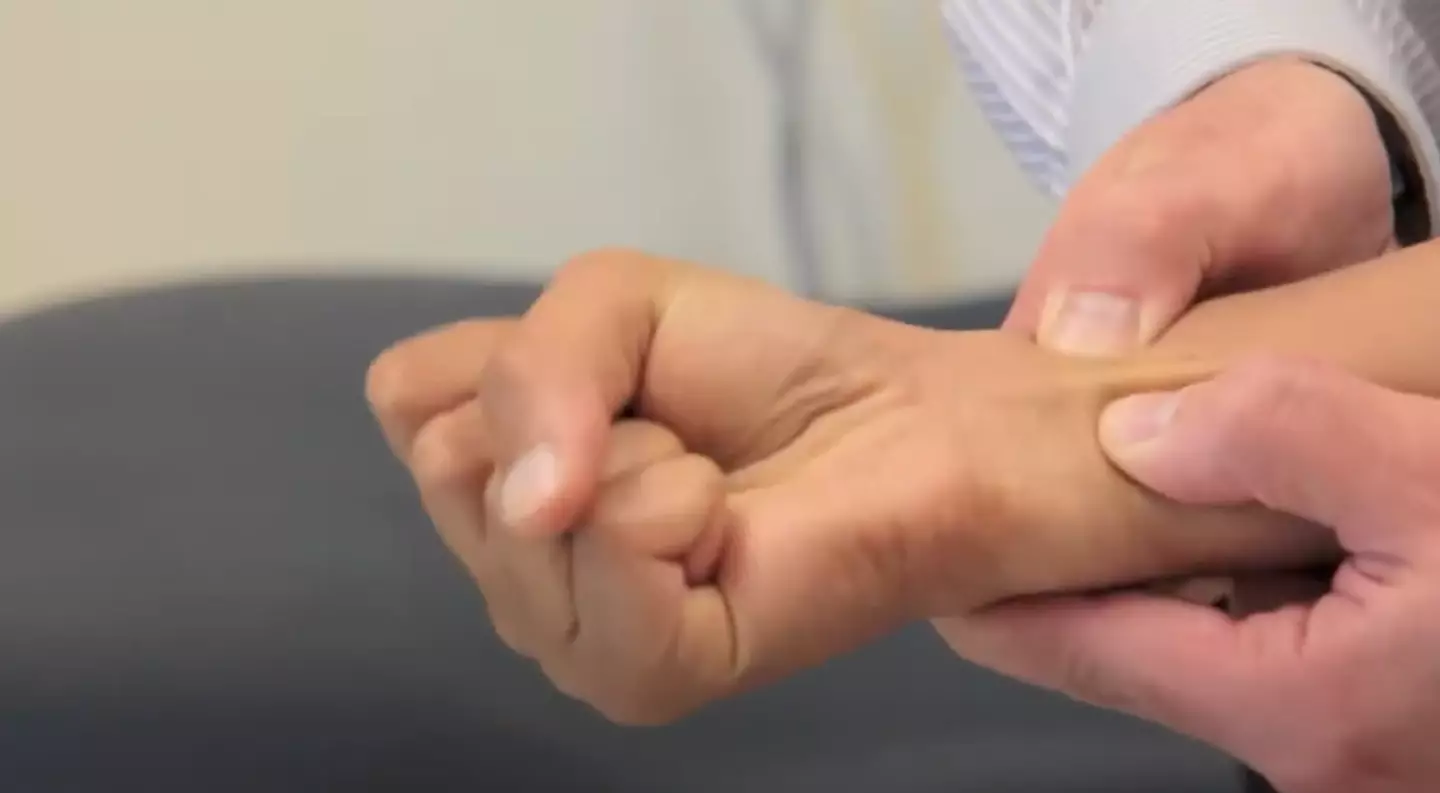Maintaining good health is essential, especially as we age. While diet, exercise, and sleep are vital, there are also quick, simple tests that can help evaluate specific aspects of our health. One of these is the Allen’s test, a fast and easy way to assess blood flow in your arteries and potentially detect early signs of heart blockage. Let’s explore this test, how it works, and what the results mean for your heart health.
What is the Allen’s Test?

The Allen’s test, named after American doctor Edgar Van Nuys Allen, was first introduced in 1942. It’s a brief, non-invasive procedure that health professionals use to determine the adequacy of blood flow through the radial and ulnar arteries—the main arteries in your wrist supplying blood to the hand. If these arteries are blocked or restricted, it could indicate problems with blood circulation, which may have implications for heart health.
How Does the Allen’s Test Work?
The Allen’s test is simple and quick, often taking only around 20 seconds to perform. Here’s how it works:
- Clenching the Fist: First, you are asked to clench your fist tightly. This action reduces the blood flow to your hand temporarily.
- Compressing the Arteries: A healthcare professional then presses firmly on both the radial and ulnar arteries in your wrist to restrict blood flow.
- Releasing an Artery: After about 30 seconds, you relax your hand, and the professional releases one of the arteries. They observe how quickly the color returns to your hand.
This color change indicates how well blood flows back into your hand, providing a snapshot of artery health and overall blood circulation.
Interpreting the Results of the Allen’s Test
The Allen’s test results can be assessed based on how quickly your hand returns to its natural color. Here’s a breakdown of what each result could mean:
- Normal Result (5 seconds or less): If your hand’s color returns to normal in five seconds or less, this suggests adequate blood flow. The arteries are likely clear, indicating healthy blood circulation.
- Equivocal Result (5-10 seconds): If it takes between five and ten seconds for the color to return, this result is considered borderline. It’s neither definitively good nor bad, but it may be worth monitoring, especially if there are other risk factors for heart disease.
- Abnormal Result (more than 15 seconds): If your hand takes more than 15 seconds to regain its color, this could indicate a blockage or restricted blood flow. An abnormal result warrants further investigation, as it could signal a potential issue with your arteries.
If the test yields an abnormal result, your doctor may recommend additional tests to evaluate your heart and vascular health. The Allen’s test provides an initial, non-invasive look at blood flow issues, but it’s only the first step in identifying more serious problems.
What Do the Results Mean for Heart Health?

An abnormal result doesn’t necessarily confirm heart disease, but it may suggest an increased risk of arterial blockage. Restricted blood flow can be a sign of atherosclerosis, a condition where plaque builds up in your arteries, potentially leading to heart complications. Detecting reduced blood flow early can lead to lifestyle changes or treatments that improve circulation and reduce the risk of more serious cardiovascular issues.
The Importance of Monitoring Arterial Health
Keeping your arteries healthy is crucial for overall heart health. Poor arterial function not only affects your extremities, like hands and feet, but can also strain your heart. Arteries supply essential nutrients and oxygen throughout your body, and any blockage forces your heart to work harder. Regular checks, such as the Allen’s test, help in early detection of circulation issues, prompting timely intervention.
Taking Control of Your Heart Health with Simple Tests
While the Allen’s test can offer quick insight into your arterial health, there are other ways to monitor your heart health:

- Healthy Diet: Reducing saturated fats, salt, and sugar can help maintain clear arteries.
- Exercise: Regular physical activity promotes better circulation and heart health.
- Stress Management: High stress can constrict blood vessels, so practices like mindfulness and deep breathing exercises are beneficial.
- Routine Screenings: Apart from simple home tests, regular check-ups with your doctor provide comprehensive insight into your heart and vascular health.
Conclusion
The Allen’s test offers a quick, straightforward way to gauge blood flow and possibly detect early signs of artery blockage. This 20-second test, though simple, can give valuable information about your circulation and serve as a preliminary check on heart health. Regular monitoring, combined with a healthy lifestyle, can go a long way in keeping your heart and arteries in prime condition. Staying informed and proactive about your health is the best path to a longer, healthier life.


